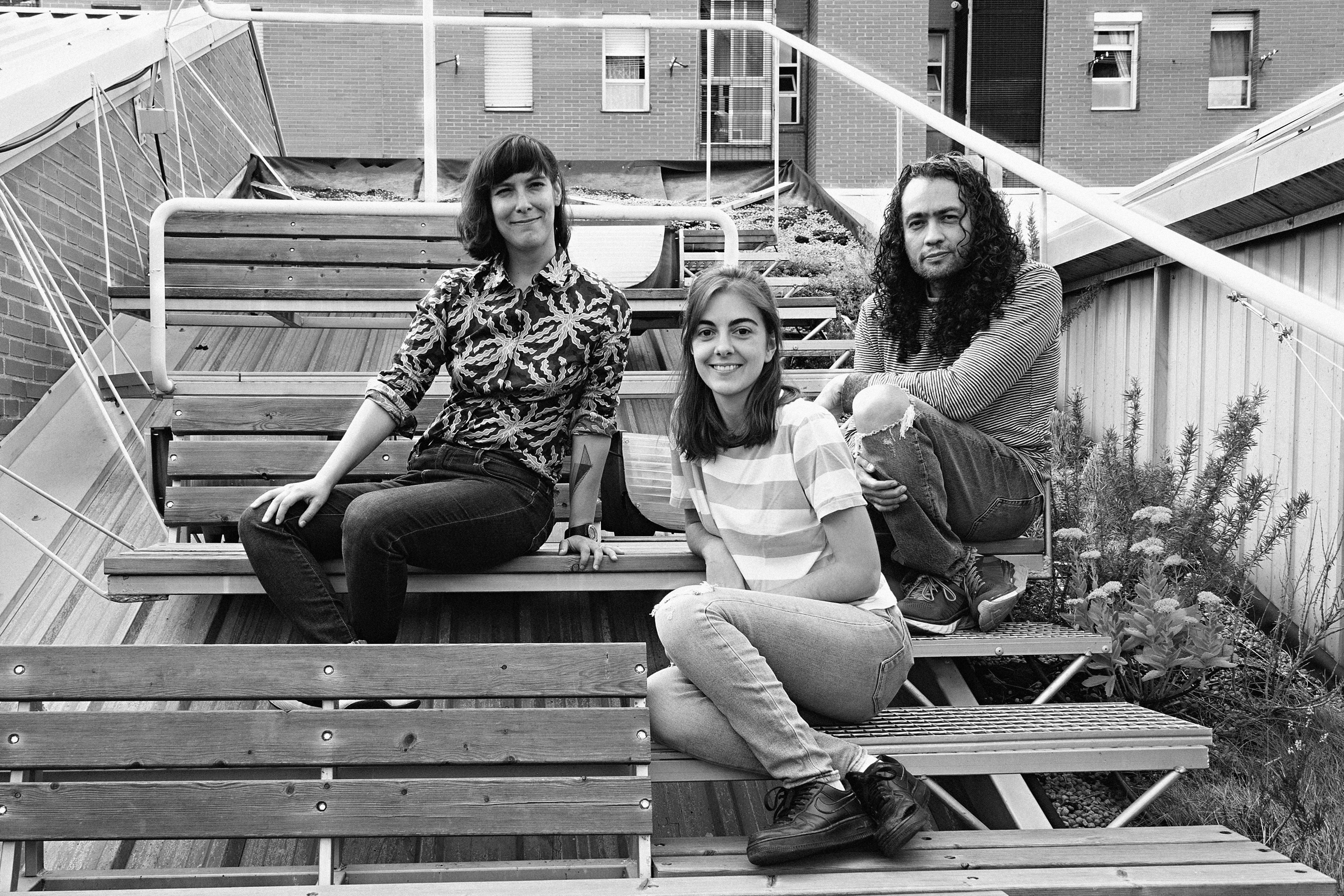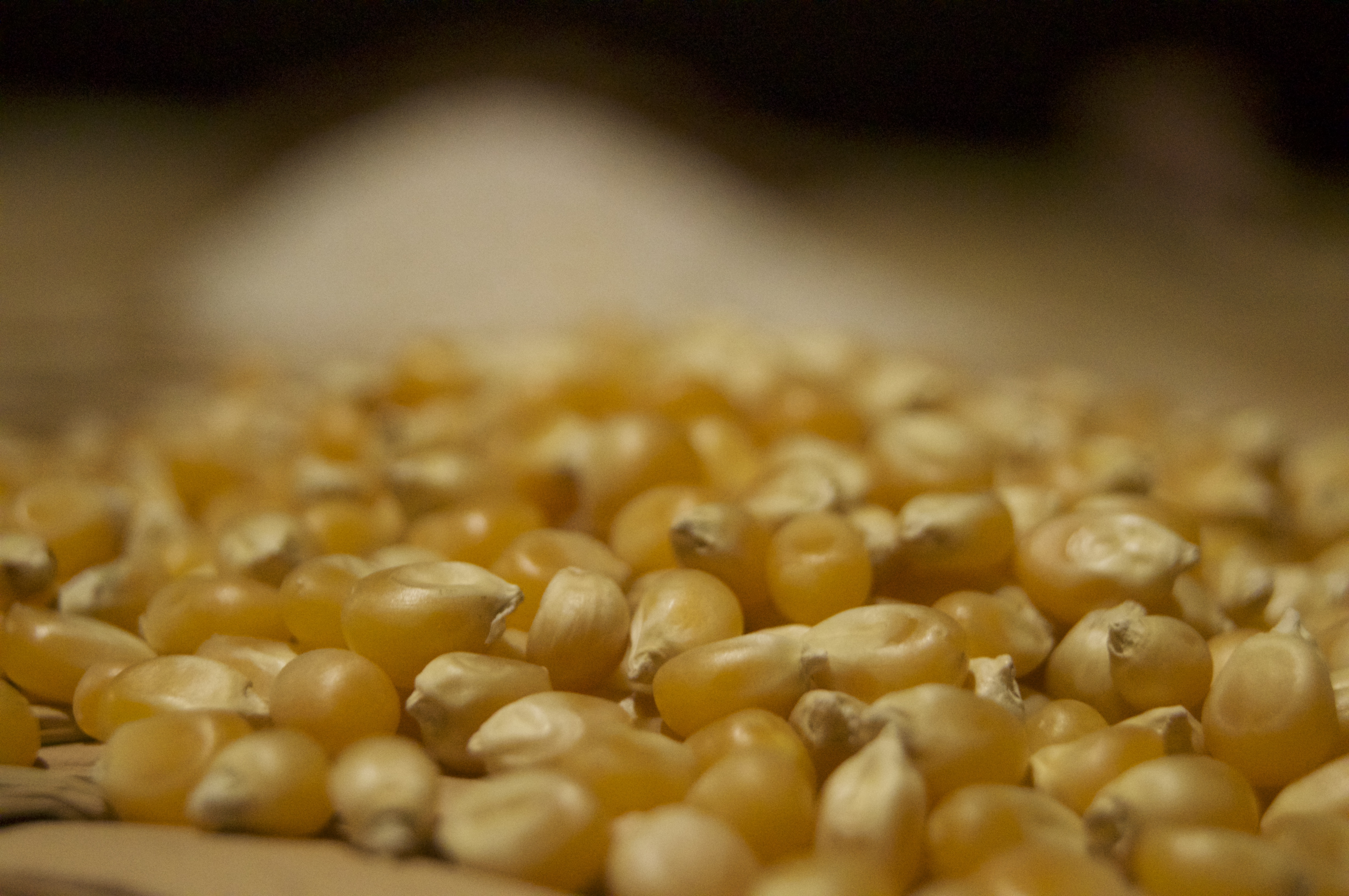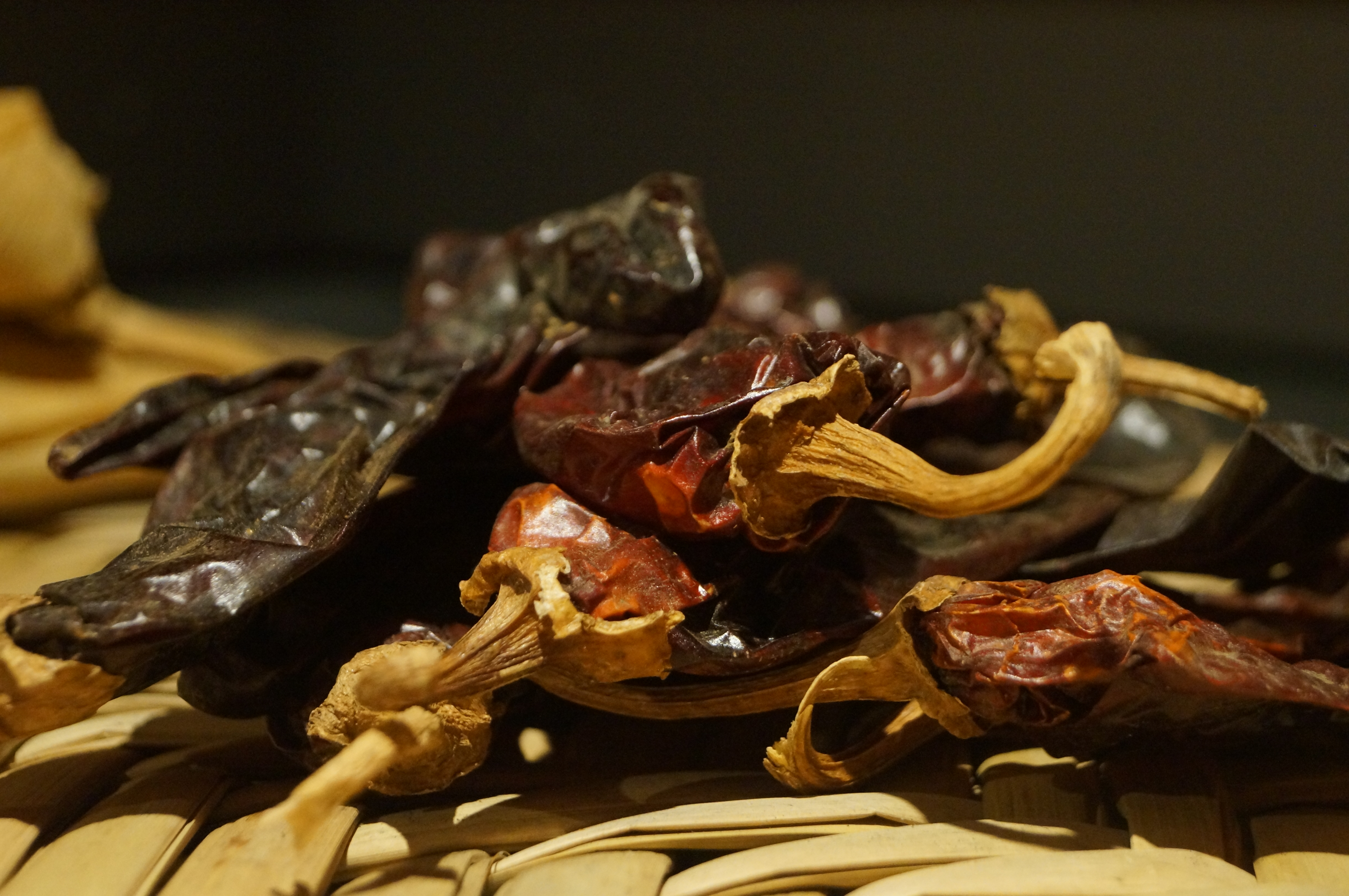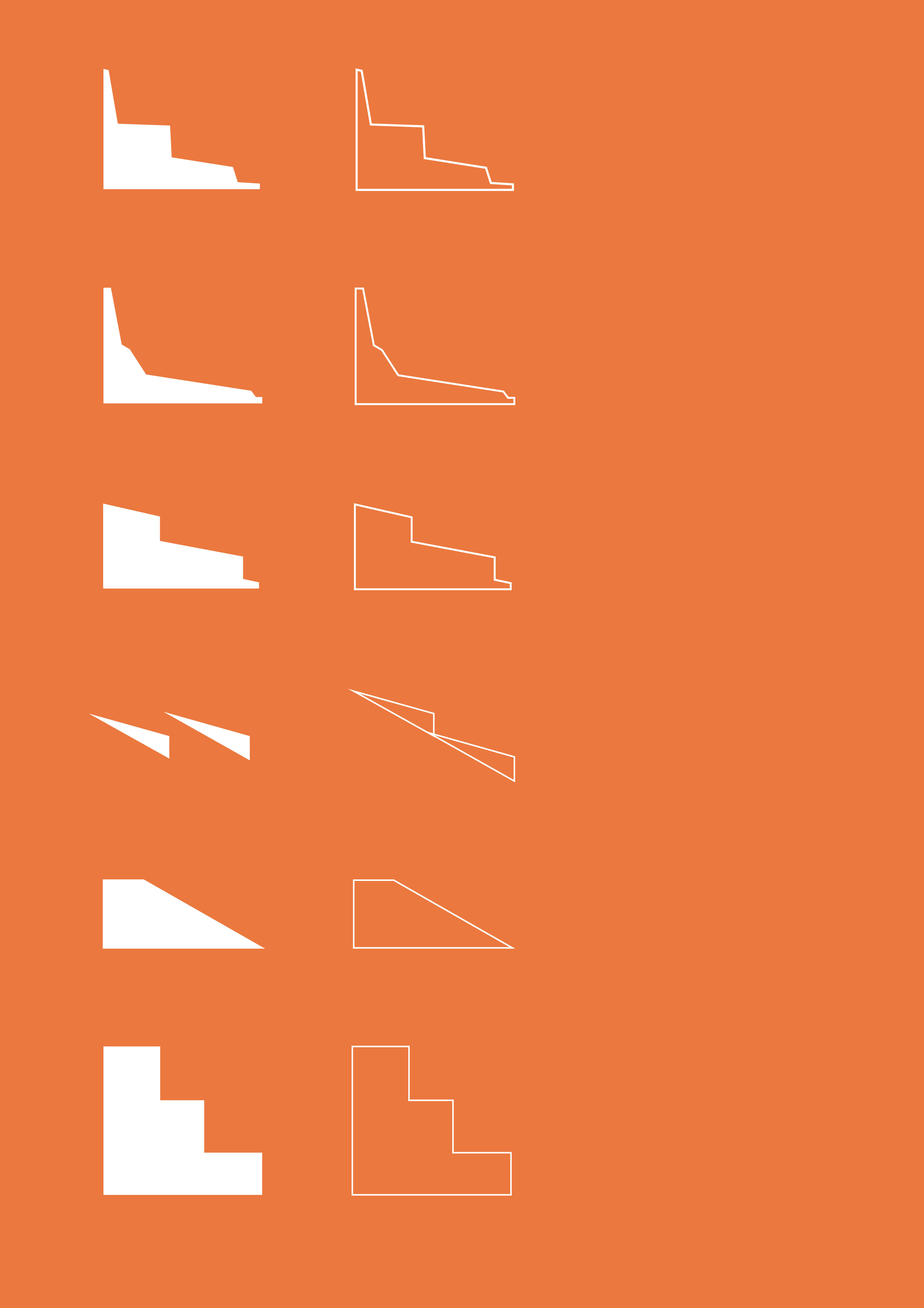[ESP]
︎SUSTAINED ROOF
During the year 2021 and in a long-term residency that extends to 2022, this space hosts the project Siembre aquí! (Sow here!)by curator Daniela Ruiz Moreno (UY-ARG)*, and artists Natalia Pilo-Pais (PER)* and Ugo Martínez Lázaro (MEX)*. The following is the curatorial text of the project
![]()
In order to describe the will and needs behind the creation of the collective and project that is Siembre Aquí! (Sow Here!) I would like to start with a series of generalities:
I.
The dynamics of contemporary urban life in Madrid, and in a large number of western cities, are of maximum contact with asphalt floors and with whatever the floor of the room, flat or house where each one of us lives (wood, carpet, tile, etc.). In general, contacts with grassland or other types of soil are reduced to short moments of sport or leisure time.
II.
In the most fortunate migratory processes, we find ourselves with the possibility and need to ask ourselves about questions of belonging and rootedness. We are faced with the temporary melancholy of distance from the place we have left, whether the displacement has been voluntary or involuntary. The new ground we inhabit is subject to scrupulous analysis and comparisons with the ground we walked on before.
III.
The products and habits generated from and with that soil form part of the new material with which we link ourselves and, therefore, the new material that shapes us. We thus understand the obviousness that a displacement of place does not only imply a process of adaptation on a conscious and emotional level, but a process of integral transformation due to the new air we breathe, the new surfaces, the bodies we interact with and the food we eat.
Siembre Aquí! (Sow Here!), within the curatorship of PIPA! is a project that acts between these three axes: soils - migratory processes - products and habits of coexistence.
![]()
In turn, Ecosophy as an ethical-conceptual approach and Permaculture as a way of linking with the land, with products and between living beings, function as approaches that enable this complementary integration between the three axes mentioned and open up different ways of thinking about ourselves as inhabitants of a city.
The Techo sostenido (Sustained Roof) of the Espacio de Todo (Space of All) functions as a structure of mutual recognition and welcome. With the long-term objective of growing edible and mythological plants in the cultivation structures already present in the space, we have had an initial period dedicated to the formation of a collective of artistic practices.
We take as a framework for exploration our diverse migratory experiences and in the process of recognising the land we now inhabit, we have also been prompted to investigate the past forms of cultivation in Latin America as well as the present that coexist on both sides of the Atlantic. We are interested in having a link that is sustained by the complexity implied in the understanding of diverse coexisting presents such as the persistence of institutions that perpetuate a colonialist and extractivist link with nature, the different forms of domestication, as well as the recognition of societies and self-managed and/or resistance movements.
![]()
![]()
Following the above, simultaneously with the cultivation projections at Techo Sostenido (Sustained Roof), we propose to carry out a collective investigation in collaboration with the different communities related to these themes: community gardens in Madrid, independent seed bank projects, etc. At the same time, each artist is pursuing his or her own path of research and generation of works. On the one hand, Natalia Pilo-Pais, on the basis of studies of pre-Columbian Andean architecture, has generated designs and built flower beds following these syntheses, which in turn will be used for the cultivation in the Techo Sostenido (see images 1 and 3). Having transited archives in Spain and Peru, and taken his own photographs, Pilo-Pais is also generating a visual study of the types of plants present in both territories and their contexts of existence. Ugo Martínez Lázaro, for his part, is carrying out research on permaculture, from its theoretical approaches and from experiences in some community gardens in Madrid.
![]()
We understand that the research process takes place in a constant movement from the Espacio de Todo (Space of All)and towards other organisations or collectives in the city, as well as in dialogue with specialists in Latin America. The Techo Sostenido (Sustained Roof) functions as a space of practice for the sublimation of all these findings and, within the critical research trajectory of Todo por la Praxis, it is understood as a ground for the testing of other forms of urbanism.
*Natalia Pilo-Pais Figallo (Lima, Peru - 1984). She lives in Madrid. Visual artist focused mainly on creative direction and the creative process with a Masters in Philosophy with a major in Philosophical Anthropology as a complementary part of her creative research. She develops deep historical, social and geographical research, generating visual concepts through diverse media such as installation and photography. For her, the power of the image in our contemporaneity is motivation to search and generate questions in the observer.
*Ugo Martínez Lázaro. Multidisciplinary artist, with training in the fields of architecture and Fine Arts. He arrived in Spain more than 10 years ago from Mexico. He has exhibited individually and collectively in Mexico, Barcelona, Seville, Zaragoza, Valencia and Madrid. His work has been shown at art fairs in cities such as Amsterdam and Toronto and has won prizes for drawing and engraving. His work continuously explores different plastic languages, from imitation to the conception of the main categories of traditional artistic practice. He is obsessed with creating hybrid objects with the utopian possibility of finding a language of his own in the world.
*Daniela Ruiz Moreno is an Argentinean curator based in Madrid. She holds a degree in Theory and History of Art at the University of Buenos Aires. Since 2013 she coordinates the International Artists in Residence Programme of the "Ace" Foundation. She was part of the Tate Exchange team at Tate Modern through the Brooks International Fellowship in 2019. She has participated as a curator in several international residencies. She is currently curating international projects in Taiwan and China. In Madrid she is the curator of the project Cuidadorxs Invisibles (Invisible caregivers - Art for Change, Fundación la 'Caixa' 2020) by artist Marta Fernández Calvo, focused on working with non-professional caregivers of people with degenerative diseases.
︎SUSTAINED ROOF
︎︎︎ SOW HERE!
During the year 2021 and in a long-term residency that extends to 2022, this space hosts the project Siembre aquí! (Sow here!)by curator Daniela Ruiz Moreno (UY-ARG)*, and artists Natalia Pilo-Pais (PER)* and Ugo Martínez Lázaro (MEX)*. The following is the curatorial text of the project

I.
The dynamics of contemporary urban life in Madrid, and in a large number of western cities, are of maximum contact with asphalt floors and with whatever the floor of the room, flat or house where each one of us lives (wood, carpet, tile, etc.). In general, contacts with grassland or other types of soil are reduced to short moments of sport or leisure time.
II.
In the most fortunate migratory processes, we find ourselves with the possibility and need to ask ourselves about questions of belonging and rootedness. We are faced with the temporary melancholy of distance from the place we have left, whether the displacement has been voluntary or involuntary. The new ground we inhabit is subject to scrupulous analysis and comparisons with the ground we walked on before.
III.
The products and habits generated from and with that soil form part of the new material with which we link ourselves and, therefore, the new material that shapes us. We thus understand the obviousness that a displacement of place does not only imply a process of adaptation on a conscious and emotional level, but a process of integral transformation due to the new air we breathe, the new surfaces, the bodies we interact with and the food we eat.
Siembre Aquí! (Sow Here!), within the curatorship of PIPA! is a project that acts between these three axes: soils - migratory processes - products and habits of coexistence.

Visual studio composition. Natalia Pilo-Pais.
In turn, Ecosophy as an ethical-conceptual approach and Permaculture as a way of linking with the land, with products and between living beings, function as approaches that enable this complementary integration between the three axes mentioned and open up different ways of thinking about ourselves as inhabitants of a city.
The Techo sostenido (Sustained Roof) of the Espacio de Todo (Space of All) functions as a structure of mutual recognition and welcome. With the long-term objective of growing edible and mythological plants in the cultivation structures already present in the space, we have had an initial period dedicated to the formation of a collective of artistic practices.
We take as a framework for exploration our diverse migratory experiences and in the process of recognising the land we now inhabit, we have also been prompted to investigate the past forms of cultivation in Latin America as well as the present that coexist on both sides of the Atlantic. We are interested in having a link that is sustained by the complexity implied in the understanding of diverse coexisting presents such as the persistence of institutions that perpetuate a colonialist and extractivist link with nature, the different forms of domestication, as well as the recognition of societies and self-managed and/or resistance movements.


Research images. Ugo Martínez Lázaro
.Following the above, simultaneously with the cultivation projections at Techo Sostenido (Sustained Roof), we propose to carry out a collective investigation in collaboration with the different communities related to these themes: community gardens in Madrid, independent seed bank projects, etc. At the same time, each artist is pursuing his or her own path of research and generation of works. On the one hand, Natalia Pilo-Pais, on the basis of studies of pre-Columbian Andean architecture, has generated designs and built flower beds following these syntheses, which in turn will be used for the cultivation in the Techo Sostenido (see images 1 and 3). Having transited archives in Spain and Peru, and taken his own photographs, Pilo-Pais is also generating a visual study of the types of plants present in both territories and their contexts of existence. Ugo Martínez Lázaro, for his part, is carrying out research on permaculture, from its theoretical approaches and from experiences in some community gardens in Madrid.

Synthesis of pre-Columbian andenery. Natalia Pilo-Pais.
Daniela Ruiz Moreno
*Natalia Pilo-Pais Figallo (Lima, Peru - 1984). She lives in Madrid. Visual artist focused mainly on creative direction and the creative process with a Masters in Philosophy with a major in Philosophical Anthropology as a complementary part of her creative research. She develops deep historical, social and geographical research, generating visual concepts through diverse media such as installation and photography. For her, the power of the image in our contemporaneity is motivation to search and generate questions in the observer.
*Ugo Martínez Lázaro. Multidisciplinary artist, with training in the fields of architecture and Fine Arts. He arrived in Spain more than 10 years ago from Mexico. He has exhibited individually and collectively in Mexico, Barcelona, Seville, Zaragoza, Valencia and Madrid. His work has been shown at art fairs in cities such as Amsterdam and Toronto and has won prizes for drawing and engraving. His work continuously explores different plastic languages, from imitation to the conception of the main categories of traditional artistic practice. He is obsessed with creating hybrid objects with the utopian possibility of finding a language of his own in the world.
*Daniela Ruiz Moreno is an Argentinean curator based in Madrid. She holds a degree in Theory and History of Art at the University of Buenos Aires. Since 2013 she coordinates the International Artists in Residence Programme of the "Ace" Foundation. She was part of the Tate Exchange team at Tate Modern through the Brooks International Fellowship in 2019. She has participated as a curator in several international residencies. She is currently curating international projects in Taiwan and China. In Madrid she is the curator of the project Cuidadorxs Invisibles (Invisible caregivers - Art for Change, Fundación la 'Caixa' 2020) by artist Marta Fernández Calvo, focused on working with non-professional caregivers of people with degenerative diseases.